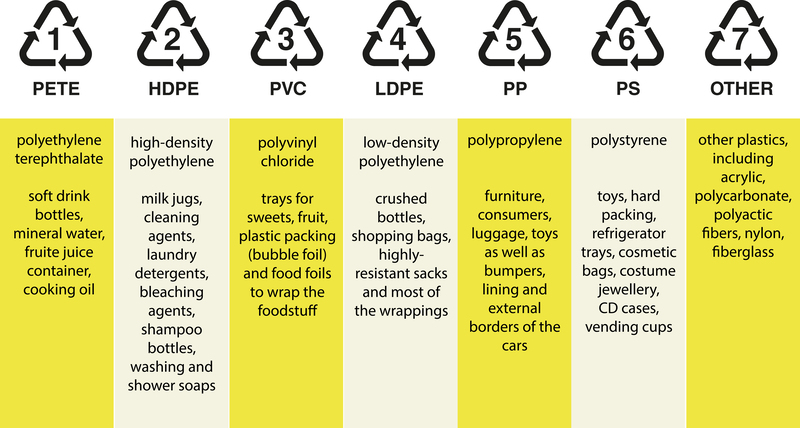A Guide to Disposing of Furniture Without Harming the Environment
Getting rid of old furniture can be daunting, especially when you want to ensure your actions don't harm our planet. But, with informed choices and the right approach, you can dispose of unwanted furniture sustainably. This comprehensive guide explores eco-friendly furniture disposal methods, recycling options, and creative ideas to minimize waste while protecting the environment.
Why Eco-Friendly Furniture Disposal Matters
Each year, millions of tons of furniture end up in landfills, contributing to environmental pollution, greenhouse gas emissions, and resource depletion. Many pieces contain synthetic materials, adhesives, and finishes that can leach toxins into the soil and water. Proper, sustainable furniture disposal not only reduces landfill waste but also conserves resources and supports a circular economy.
- Environmental impact: Furniture decomposition releases methane, a potent greenhouse gas.
- Resource waste: Furniture is often made from timber, metals, plastics, and fabrics that require immense resources to produce.
- Community benefit: Donating or repurposing furniture keeps items in use and supports those in need.

Assessing Your Furniture for Eco-Friendly Disposal
Before rushing to dispose of your old sofa or dining table, assess what you have. Ask yourself:
- Is this furniture still usable with minor repairs?
- Could it serve someone else or be upcycled?
- Does it have recyclable materials (wood, metal, glass)?
Thoughtful consideration helps prevent unnecessary waste. Sometimes, with a little creativity, what seems like junk can become treasure.
Eco-Friendly Ways to Dispose of Old Furniture
1. Donate to Charities and Nonprofits
One of the most sustainable ways to dispose of furniture is to donate it. Many organizations accept gently used furniture to support individuals and families in need. Donating your old furniture extends its useful life, reduces waste, and provides social benefit.
- Goodwill and Habitat for Humanity ReStores: Accept a wide range of furniture and sometimes offer pickup services.
- Homeless shelters and refugee organizations: Often need furniture for clients transitioning into new housing.
- Local churches and community groups: Frequently run programs for families in crisis.
Tip: Ensure items are clean, structurally sound, and free from pests before donating.
2. Sell or Give Away Online
If your furniture is still in good condition, consider selling or giving it away through online marketplaces. Platforms like Facebook Marketplace, Craigslist, and Freecycle connect you with people in your local community seeking used furniture.
- Reduce waste: Someone else can enjoy what you no longer need.
- Earn extra cash: Selling items adds money to your pocket and extends the item's lifespan.
High-quality photos and detailed descriptions improve your chances of rehoming your furniture quickly.
3. Upcycle or Repurpose Old Furniture
Upcycling transforms discarded furniture into something new, functional, or beautiful. Repurposing furniture creatively can add unique character to your home or garden.
- Turn a dresser into a bathroom vanity.
- Transform an old door into a coffee table.
- Convert wooden chairs into garden planters.
DIY projects not only save money but also prevent waste.
The Importance of Furniture Recycling
If your furniture is beyond repair or reuse, recycling is the next best option. Recycling furniture responsibly diverts materials from landfills, reduces greenhouse gas emissions, and supports the production of new goods from recycled components.
How to Recycle Old Furniture
- Contact your local recycling center: Some accept large items and can advise on furniture recycling programs.
- Separate recyclable materials: Dismantle furniture to salvage wood, metal, plastic, and glass.
- Specialized recyclers: Look for companies specializing in mattress, metal, or wood recycling.
Always check recycling guidelines for your area, as rules and accepted items may vary.
Eco-Conscious Trash Removal Services
If you have large, bulky, or non-recyclable furniture, consider hiring an eco-friendly junk removal service. These companies prioritize sustainability by:
- Sorting and recycling as much as possible.
- Donating usable items to local charities.
- Properly disposing of hazardous materials.
Look for companies with clear sustainability policies and green certifications before booking their services.
Municipal Bulk Item Pickup
Many cities offer bulk waste collection services for items that are too large for regular trash pickup. Check with your local municipality for scheduled pickup days, fees, and their environmental policies. Some cities recycle or donate collected items, while others send them to landfill, so choose wisely.
Environmentally Friendly Furniture Disposal Tips
- Repair before you replace - Minor fixes and a fresh coat of paint can breathe new life into old pieces.
- Avoid landfill when possible - Exhaust all options (reuse, recycle, donate) first.
- Choose sustainable brands - Buy furniture made from recycled or responsibly sourced materials to close the loop.
- Properly dispose of hazardous materials - Mattresses, treated wood, and some upholstery require special handling.
- Educate yourself - Learn about your local recycling and donation programs.
Special Considerations for Common Furniture Types
Disposing of Sofas and Upholstered Furniture Responsibly
Upholstered furniture is challenging to recycle because it often contains a mix of materials. Here are eco-friendly strategies:
- Donation: If gently used, sofas and chairs may be accepted by charities or community groups.
- Reupholstery: Consider having your sofa reupholstered for a refreshed look.
- Component recycling: Dismantle for recyclable metal frames and wooden parts; check fabric for composting or specialized recycling.
Disposing of Mattresses and Box Springs Sustainably
Mattresses should not be disposed of in landfills due to their bulk and potential chemicals. Instead:
- Mattress recycling programs: Many cities offer designated mattress recycling for springs, foam, and fabric.
- Retailer takebacks: Some companies offer removal with new mattress purchases, recycling your old one responsibly.
- Donation: Donate only clean, bedbug-free mattresses to shelters or nonprofits.
Handling Hazardous Materials in Furniture
Certain furniture components pose environmental risks, including:
- Lead paint: Furniture painted before 1978 may contain lead. Dispose through hazardous waste programs.
- Chemically treated wood: Avoid burning and seek specialized disposal services.
- Foam and fillings: Some foams release toxins; recycle or dispose via municipal hazardous waste programs.
Arranging a Sustainable Furniture Disposal Plan
Whether you're renovating or moving, planning ahead allows for the most environmentally friendly outcome:
- Inventory what you have - Identify items that can be reused, sold, or donated.
- Research local services - Find out about nearby recycling centers, donation drop-offs, and pickup options.
- Schedule pickups or drop-offs - Coordinate timings, especially if donating to ensure items are accepted.
- Dismantle or prepare items as required - Make recycling and transport easier by separating materials.
- Follow up on end-use - Whenever possible, confirm your items are being reused or recycled.

The Role of Manufacturers and Retailers
More furniture manufacturers are embracing product stewardship by offering:
- Take-back programs: Retailers collect old furniture for responsible recycling or donation.
- Modular designs: Furniture is built for disassembly, simplifying future recycling.
- Eco-labels and certifications: Look for FSC-certified wood, recycled materials, or GREENGUARD certification.
Support companies that prioritize sustainability to encourage industry-wide change.
Conclusion: Making a Positive Environmental Impact
Disposing of furniture in ways that protect the environment is not only possible--it's vital. By donating, upcycling, recycling, or using green disposal services, you can reduce landfill waste, conserve resources, and foster a more sustainable community. Remember, every piece of furniture diverted from the landfill is a small but significant step toward a healthier planet.
Take responsibility for your furniture disposal choices, and inspire others by sharing your knowledge and practices. With thoughtful action, we can all play a part in safeguarding our environment for future generations.
Further Resources:
- EPA: How to Recycle
- Habitat for Humanity ReStores
- Freecycle Network
- Earth911 Furniture Recycling Guide
Make your next furniture disposal project an eco-friendly success!